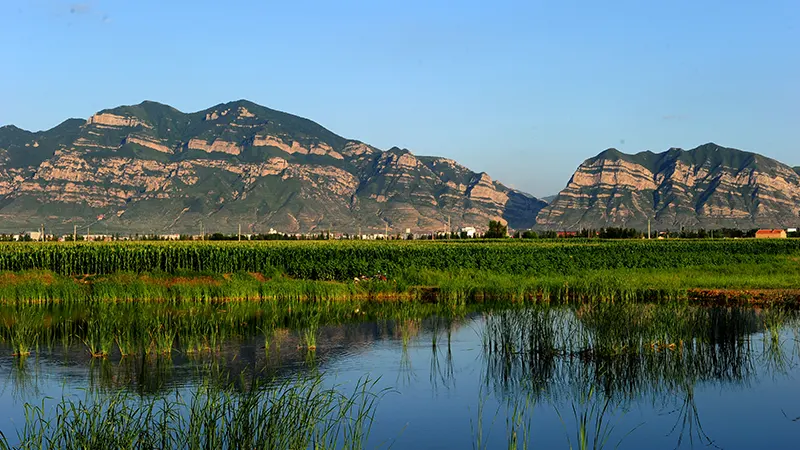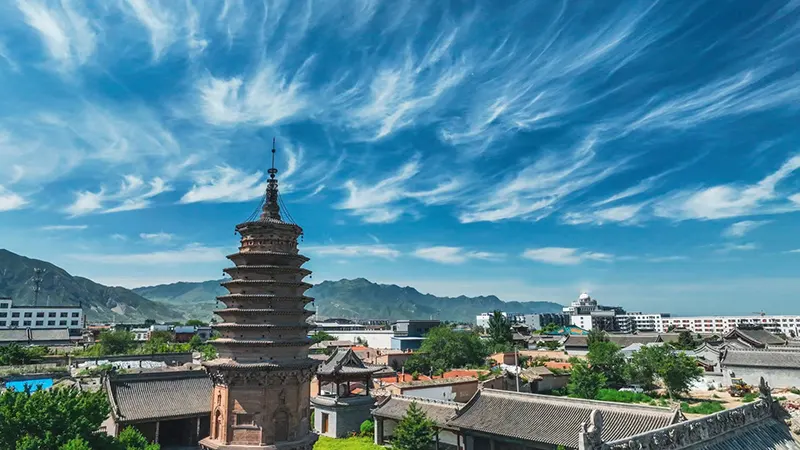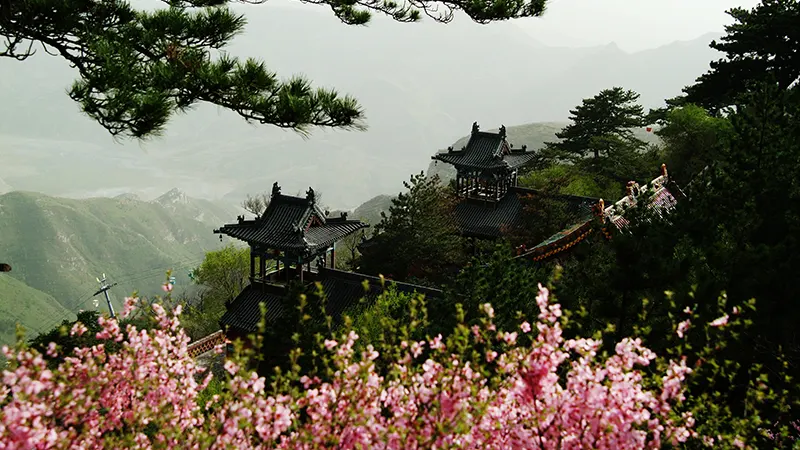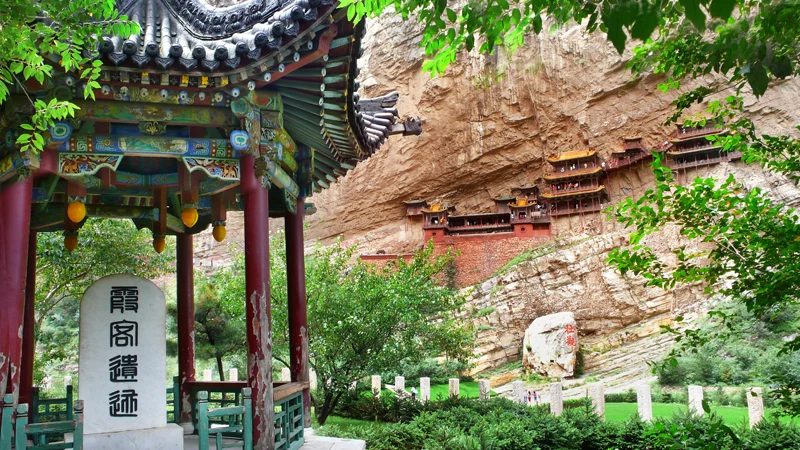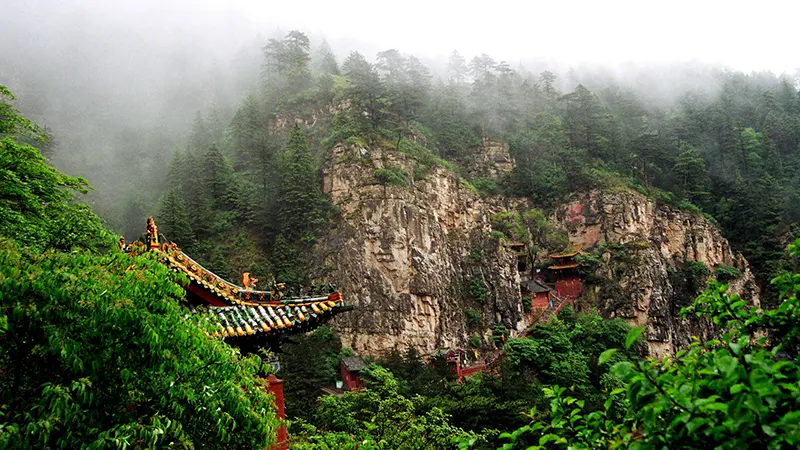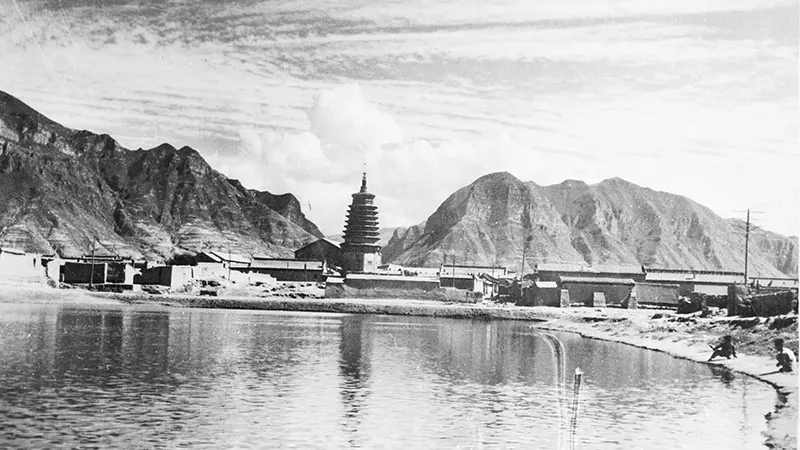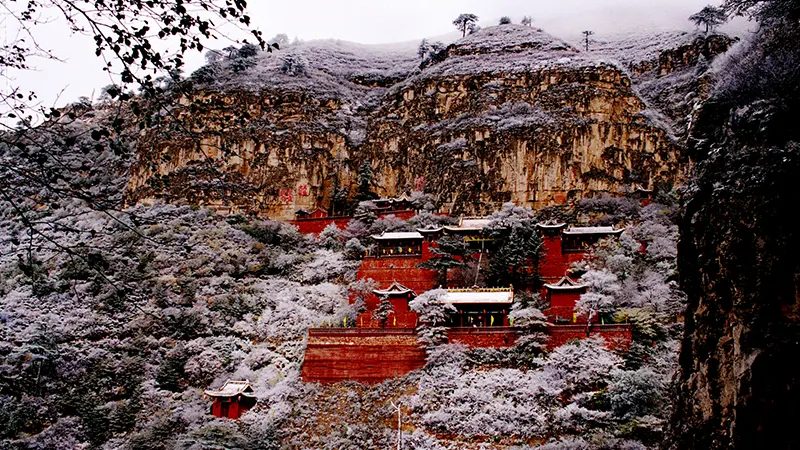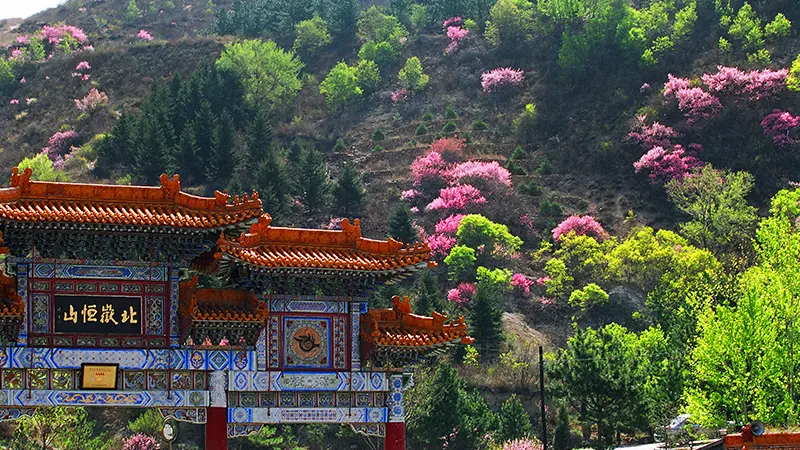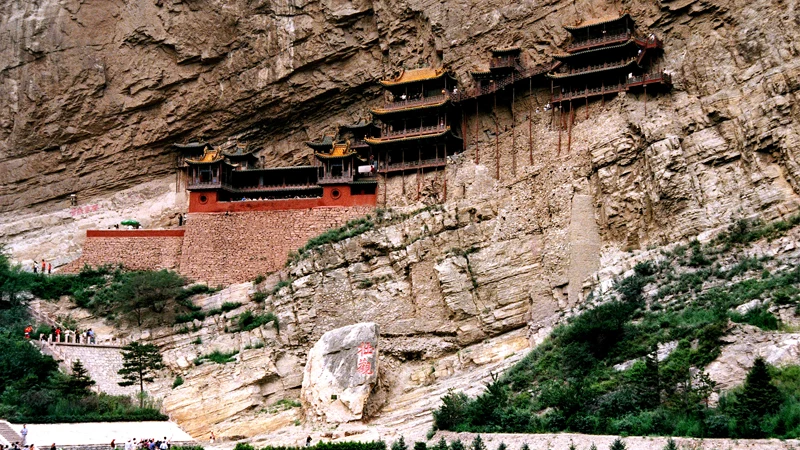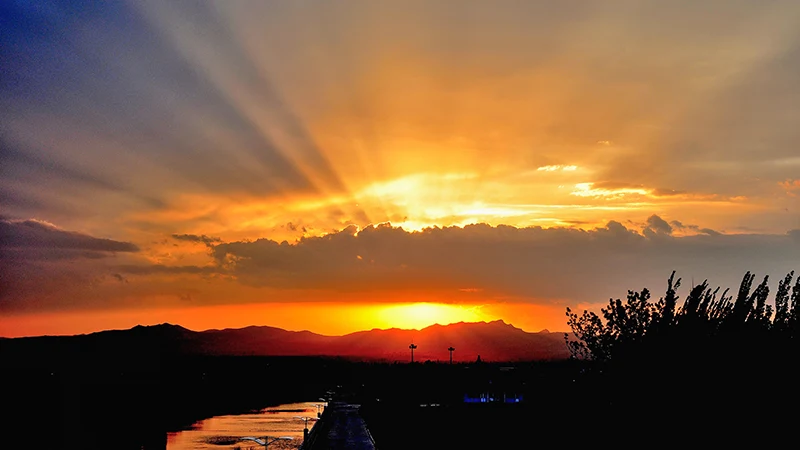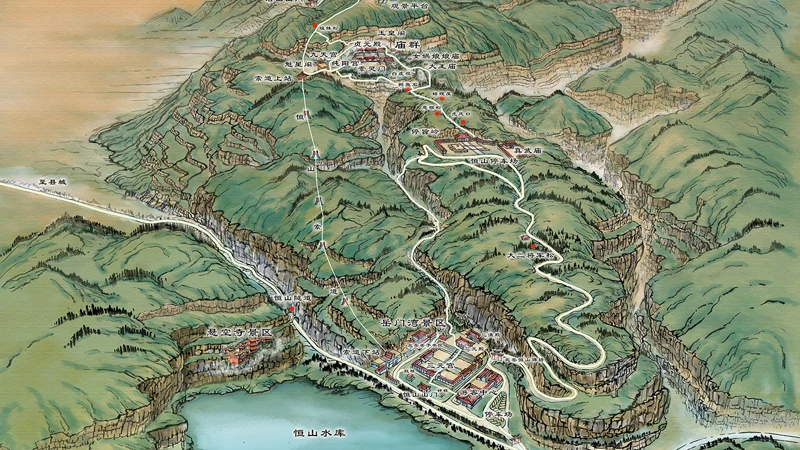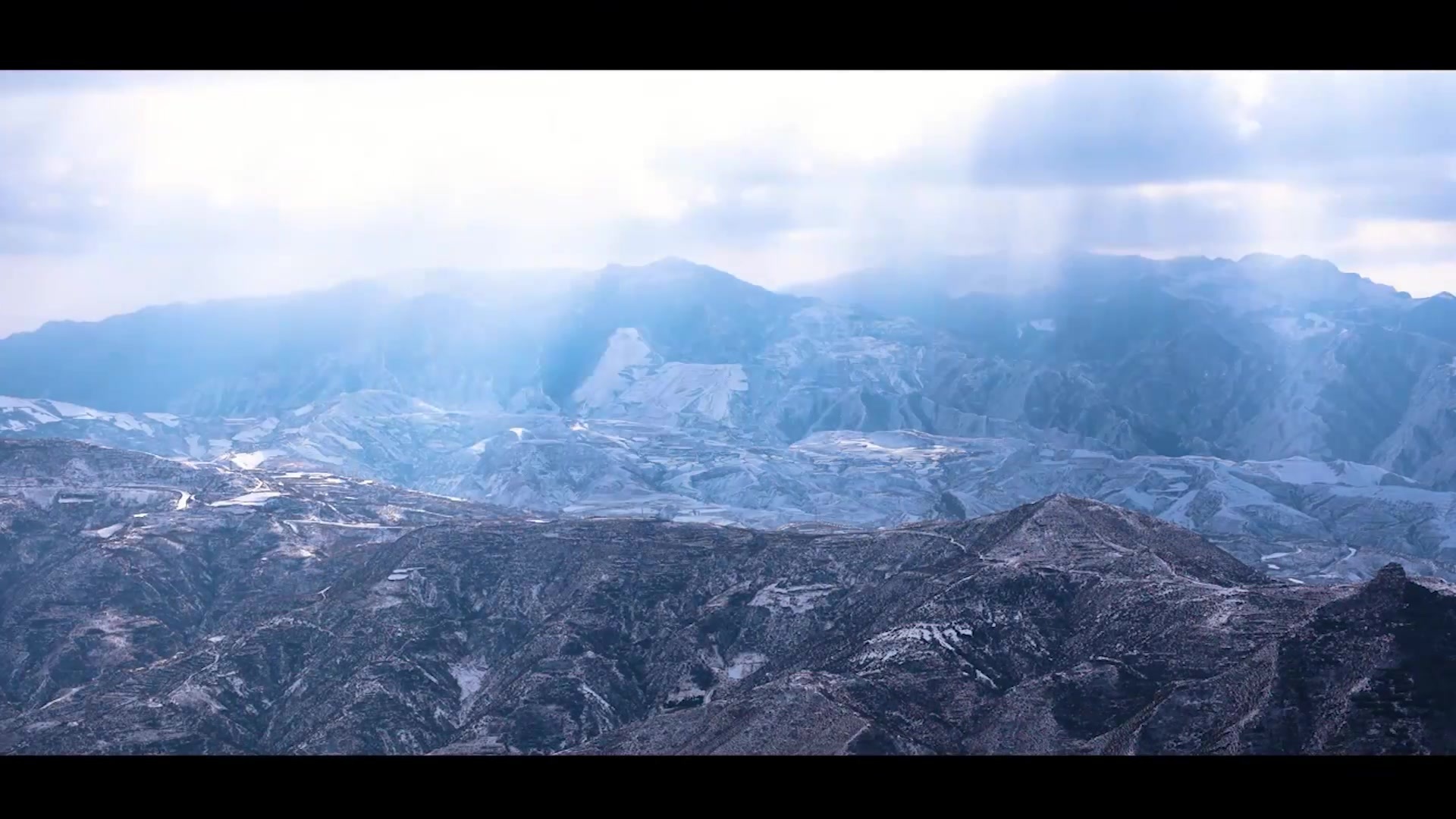-
AboutMount Heng, an outstanding representative of the splendid mountains and rivers of China, a symbol of national prosperity, a totem of national spirit, an important geographical indication of the country, and holds the status of a national mountain.More
-
CultureHengshan has been a famous scenic spot and important birthplace of Taoism in northern China since ancient times. Carrying the symbols of Chinese civilization, it has nurtured profound regional culture and folk customs.More
-
-
Tourist GuideUnderstand relevant information about the scenic area and enjoy a better travel experience.More
-
Surrounding activitiesThe ancient city of Hunyuan at the foot of Mount Heng in Beiyue has a long history, rich cultural heritage, beautiful scenery, and a convergence of agriculture, commerce, and animal husbandry. It has nurtured a unique regional culture and is renowned for its fine wine and delicious food.More
One of the world's ten most dangerous buildings
Hanging Temple is located on the cliff face of Cui Ping Peak, the second main peak of Hengshan Mountain. It was built in the later Northern Wei Dynasty, boasting a history of over 1500 years. The entire structure is perched precariously on a cliff, overlooking a deep valley. Its suspended pavilions and ingenious structure are rare masterpieces in ancient Chinese architecture, considered "a unique wonder under heaven." In 1982, it was designated a nationally key cultural relic protection unit by the State Council. After visiting the temple, Li Bai, the great poet, wrote the word "magnificent" to express his feelings. The Ming Dynasty traveler Xu Xiake praised Hanging Temple as "a magnificent sight under heaven" in his work, "Xu Xiake's Travelogue." After inspecting the temple, Zheng Xiaoxie, vice director of the Historical and Cultural City Protection Committee and a renowned cultural relic expert, inscribed the words: "Hanging Temple is profound, unique, strange, and perilous; one can never tire of looking at it." In 2010, Time magazine named Hanging Temple one of the world's ten most perilous buildings.
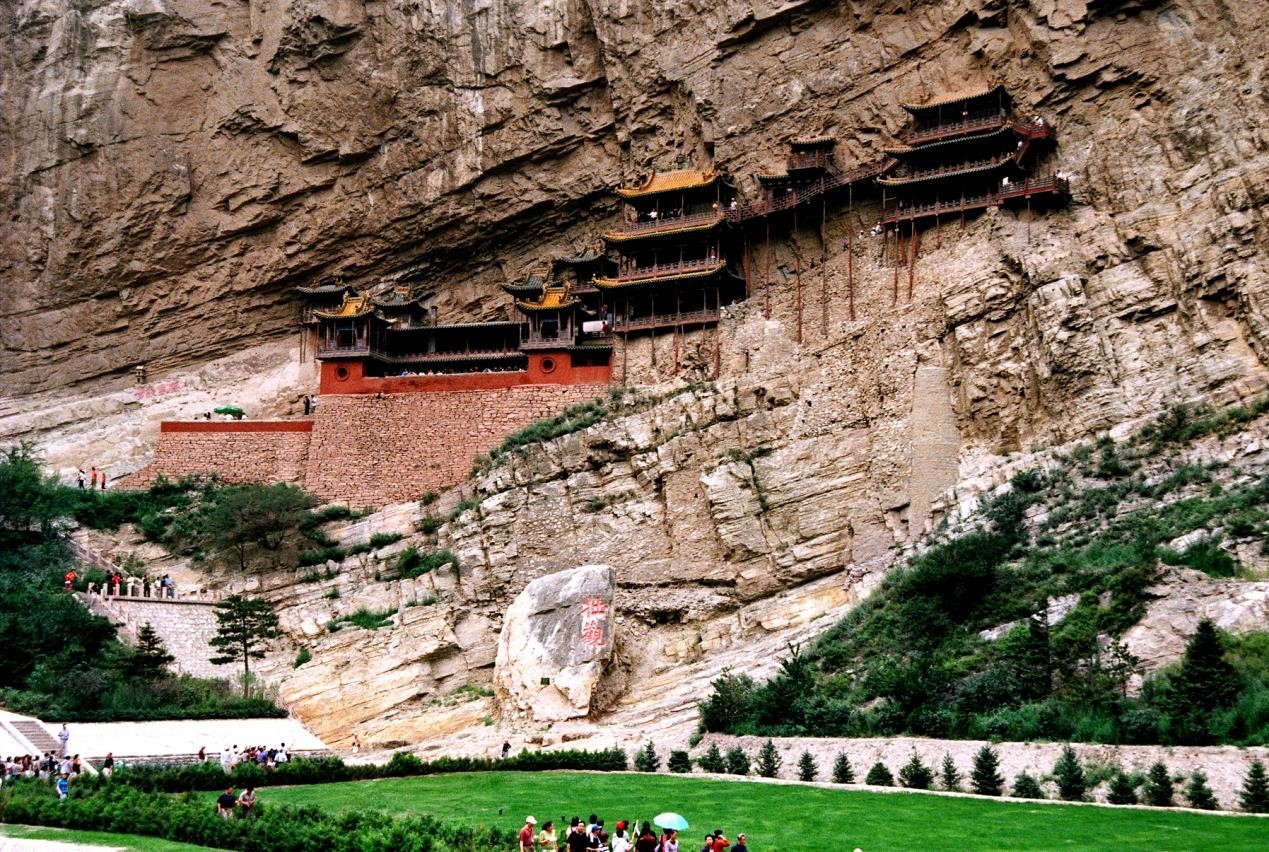
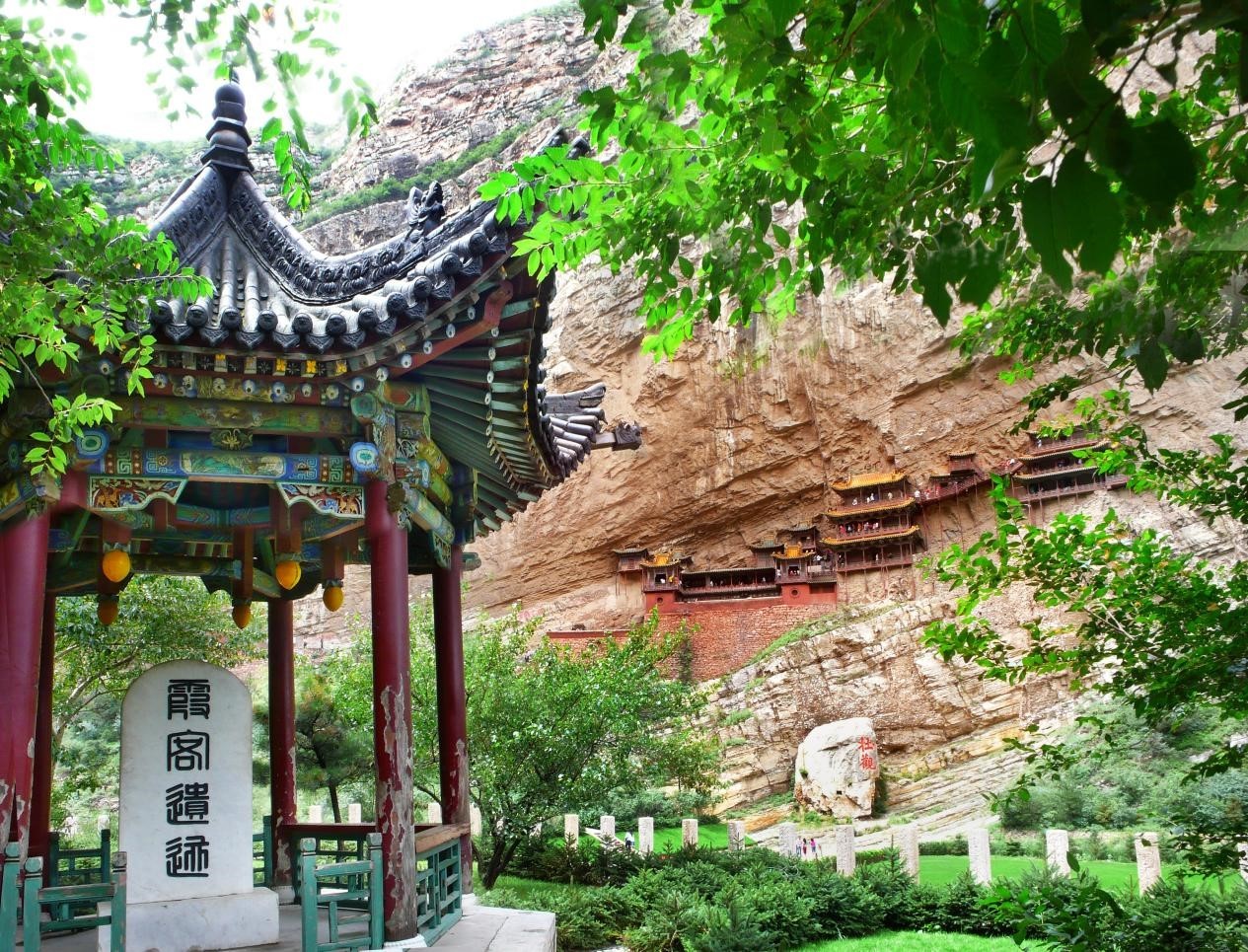
Hanging Temple is not only unique in its architectural style, but also a rare example of a temple integrating Buddhism, Taoism, and Confucianism. The founders of the three religions share this temple; their philosophies are intermingled, shining with the brilliance of ancient harmonious ideals, reflecting the unique "harmony" culture of Hengshan Mountain.

Inside the temple are more than eighty bronze, iron, clay, and stone statues of Buddhas and gods. Among them, the three-Buddha statues of the Three Buddhas Hall, the Ming Dynasty iron statue of Maitreya in the Maitreya Hall, the three official statues in the San Guan Hall, and the stone carvings in the plank road grottoes are of considerable artistic value.
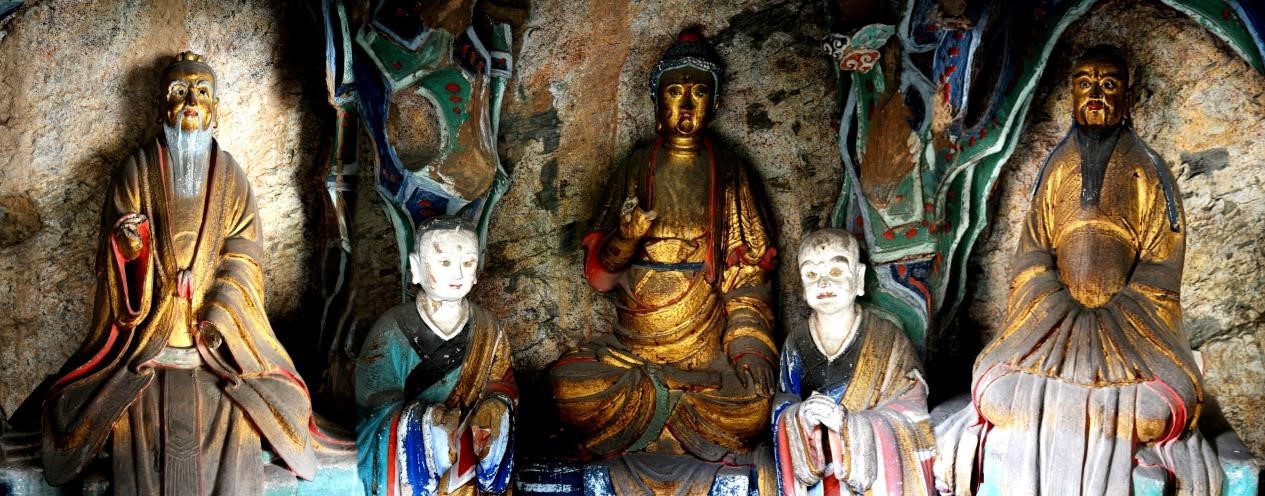
Category:
Scenic Spot Display
Keywords:
Hengshan
Previous Page
Next Page
Contact Us
Shanxi Mount Hengshan Cultural Tourism Development Co., Ltd. (Ticketing, Consultation, Complaints)
0352-8333031 0352-8333037 0352-8333077
Hanging Temple
0352-8333081 0352-8328630 0352-8328323
Yuemen Bay
0352-8480060 0352-8328318 0352-8328530
Hengzong
0352-8480115
Tianfeng Ridge
0352-8480114
Mount Hengshan Cable Car
0352-8322255
Yong'an Temple
0352-8322390
Li's Family Cemetery
0352-8322381
Mount Hengshan Scenic Area Administration Center (Official)
0352-8322142
Official Media


Tiktok


